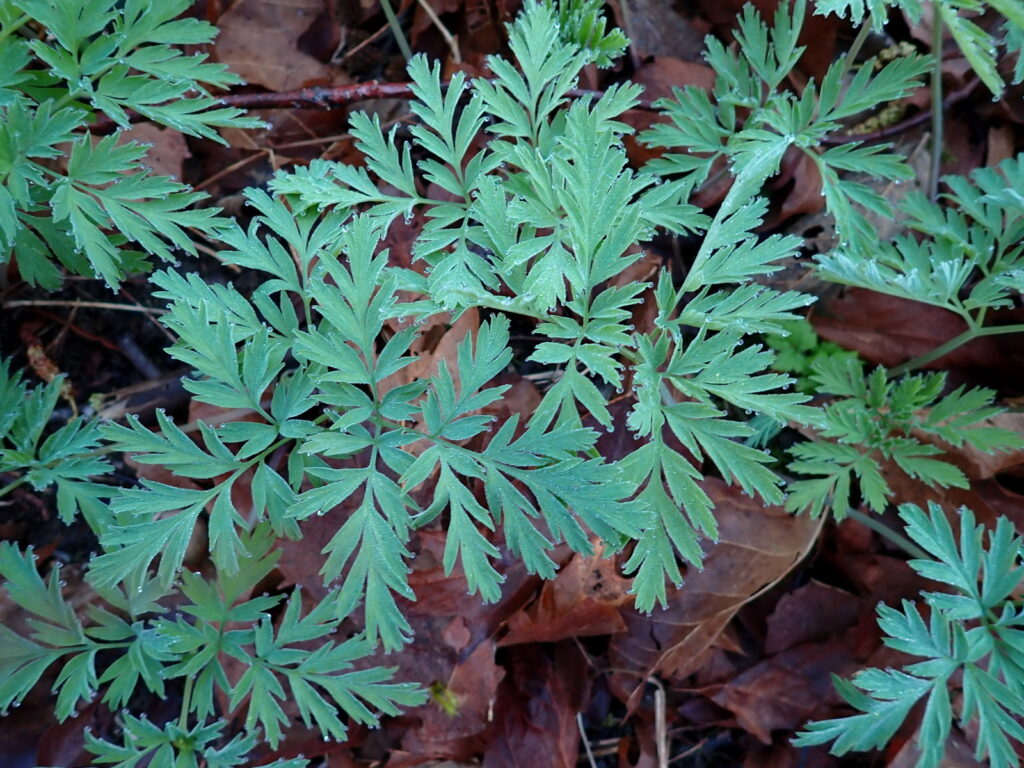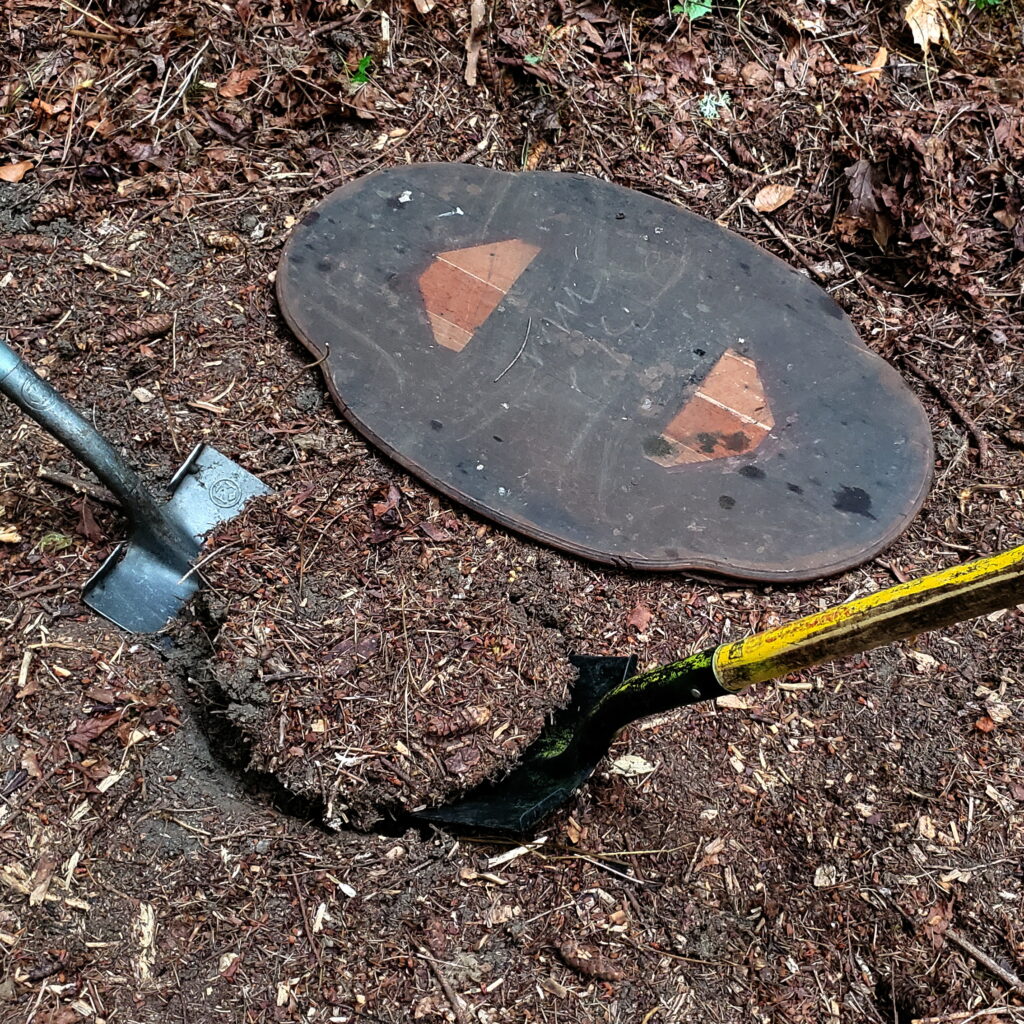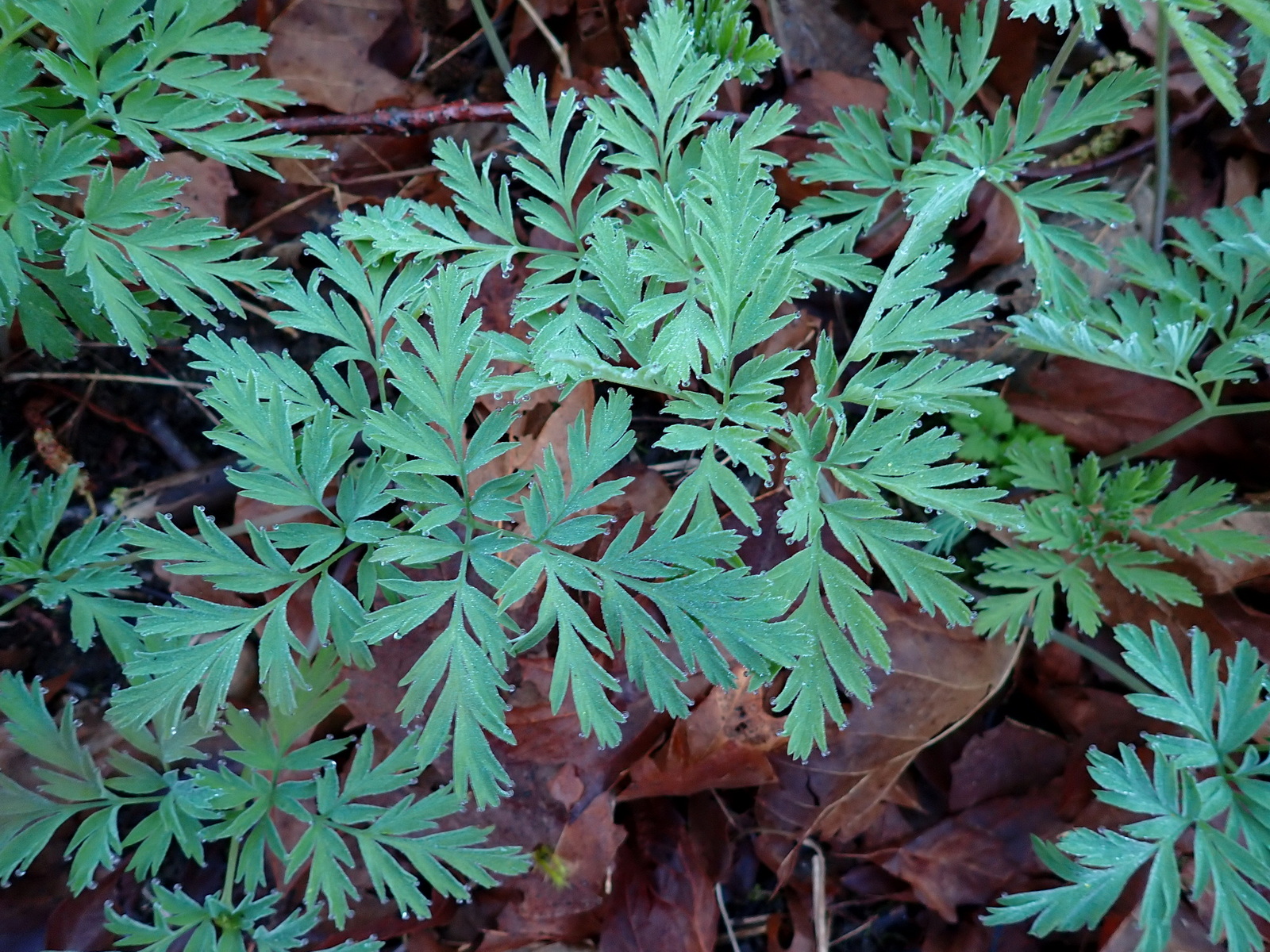With the return of spring to our backyard forests we welcome the native forbs as they awaken from their winter slumbers. In the paragraphs below I write about seven shade-tolerant species that help fill areas of bare ground created by the removal of invasive plants.
Fragrant Fringecup, Avens, and Foamflower
Frangrant fringecup (Tellima grandiflora) and Large-leaved avens (Geum marcrophyllum) usually overwinter, and their basal rosettes green up quickly as daylight hours increase and the soil warms. Foamflower (Tiarella trifoliata), though less common than its cousin in the Saxifrage family, Fragrant fringecup, blooms through much of the summer with attractive white flowers. All three species spread gradually from seed, but I help speed their expansion by moving plants from vulnerable spots in paths and mowed areas to gaps in the groundcover.
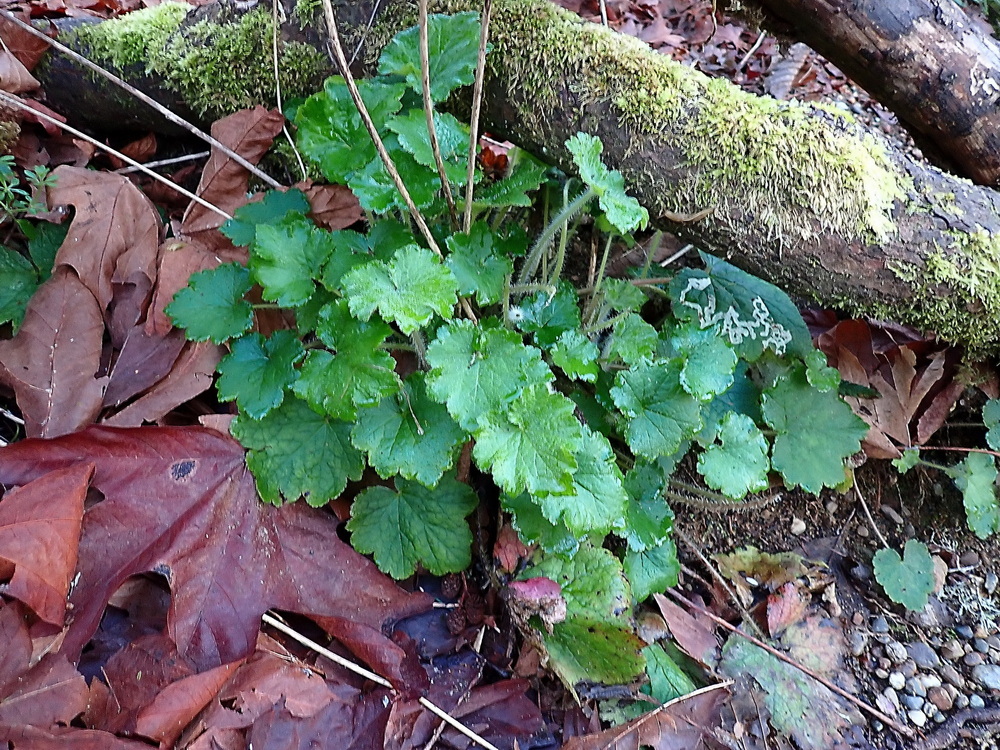

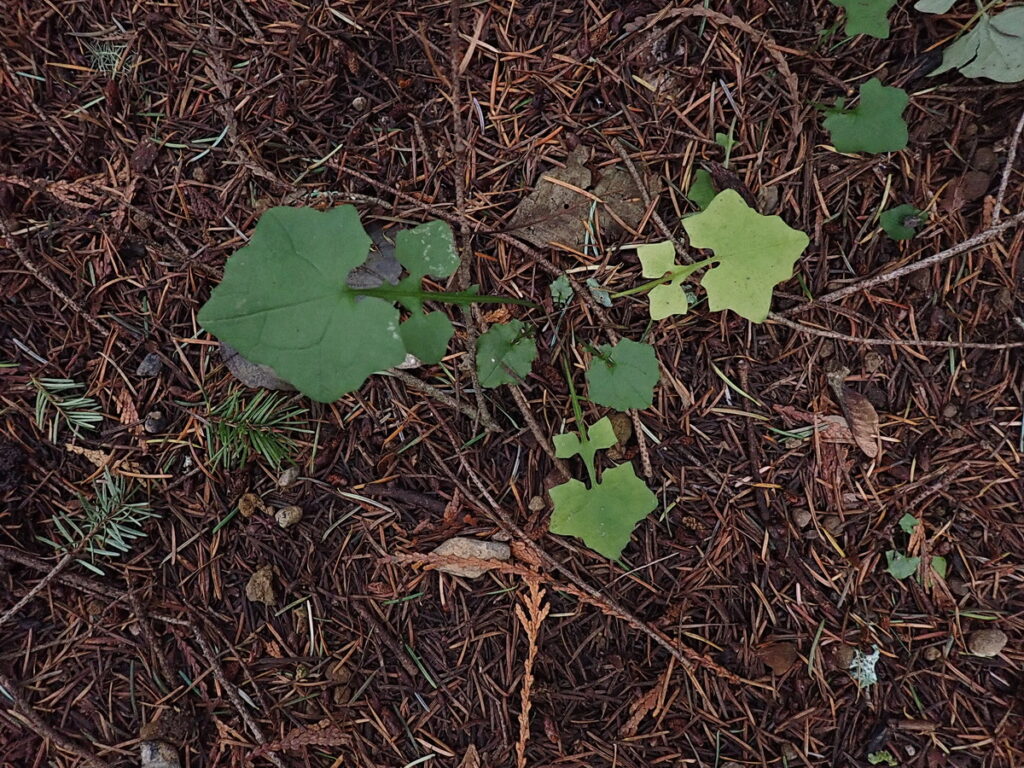
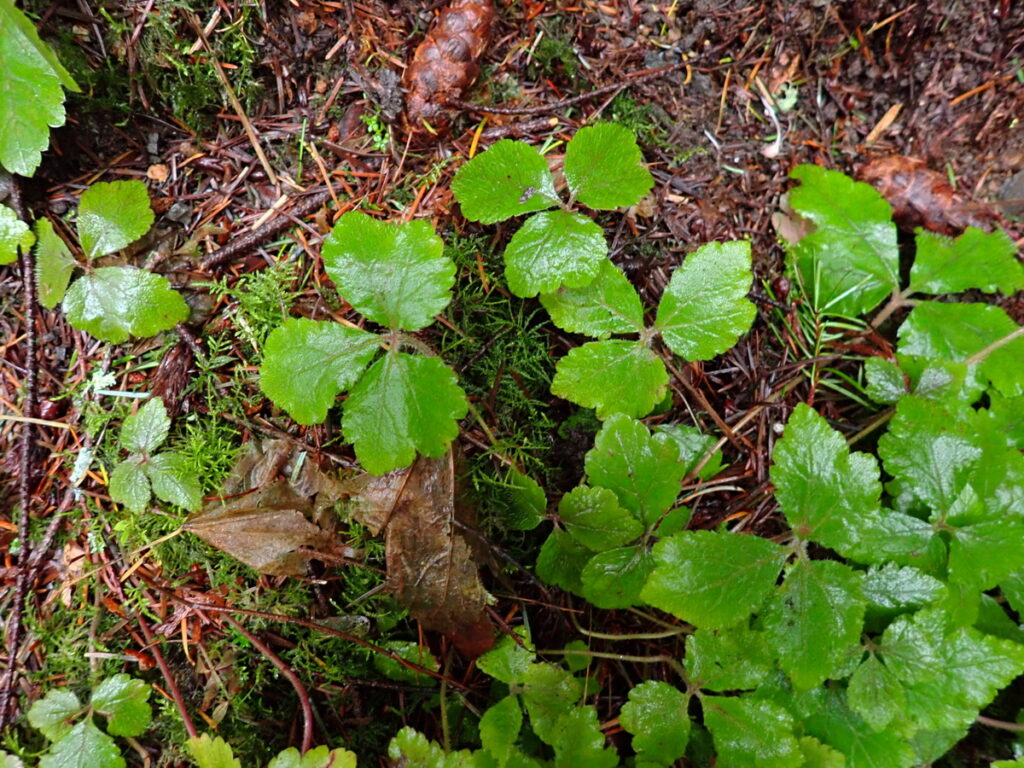
Western Spring Beauty, Cicely, and Starflower
Western spring beauty (Claytonia sibirica and washingtoniana) (a.k.a Candyflower) spreads quickly by seed into cleared ground and benefits from careful hand weeding to remove competing pioneers like Nipplewort, Wall lettuce, and Herb Robert. Some overwinter and can be transplanted easily. New seedlings, which can be recognized by leaf shape when they are still quite small, can be moved as well if treated gently.
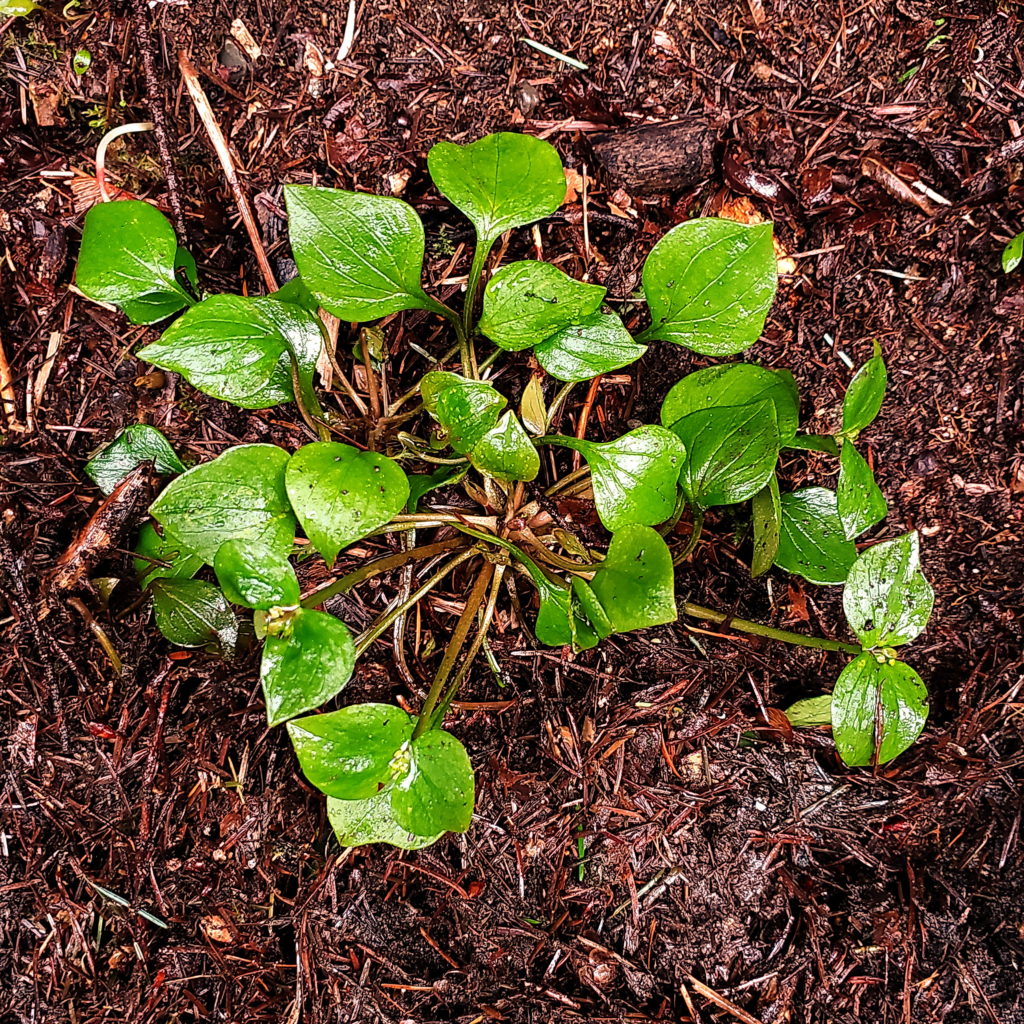
Mountain sweet-cicely (Osmorhiza berteroi) combines two attributes of a robust ground cover. It spreads quickly by seed and develops a strong, perennial taproot. It’s not my first choice for “showcase” native gardens since it lacks attractive flowers, gets leggy by the end of the growing season, and (like the avens) has annoyingly sticky seeds. Cicely is most attractive in early spring shortly after emerging from the winter duff and spreading its finely-detailed leaves.
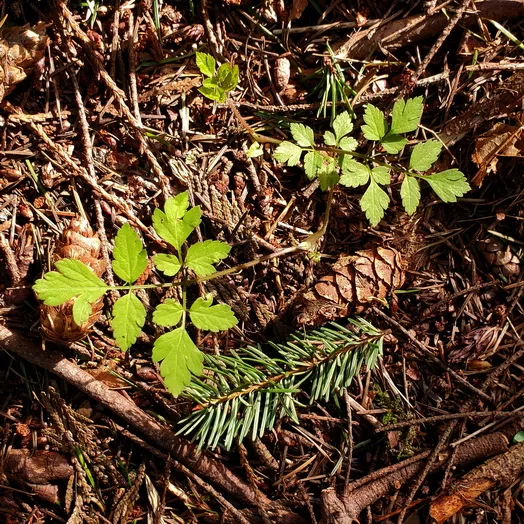
A little later in the spring the exquisite Western starflower (Lysimachia latifolia) sends up its single, delicate stalk from a tiny bulb. It seems to spread far and wide by seed and somehow persists despite its fragility. I’ve rarely tried to transplant it, not wanting to disrupt it from blooming. Perhaps, like other perennials with bulbs, it could be moved late in the season when it dies back for winter.
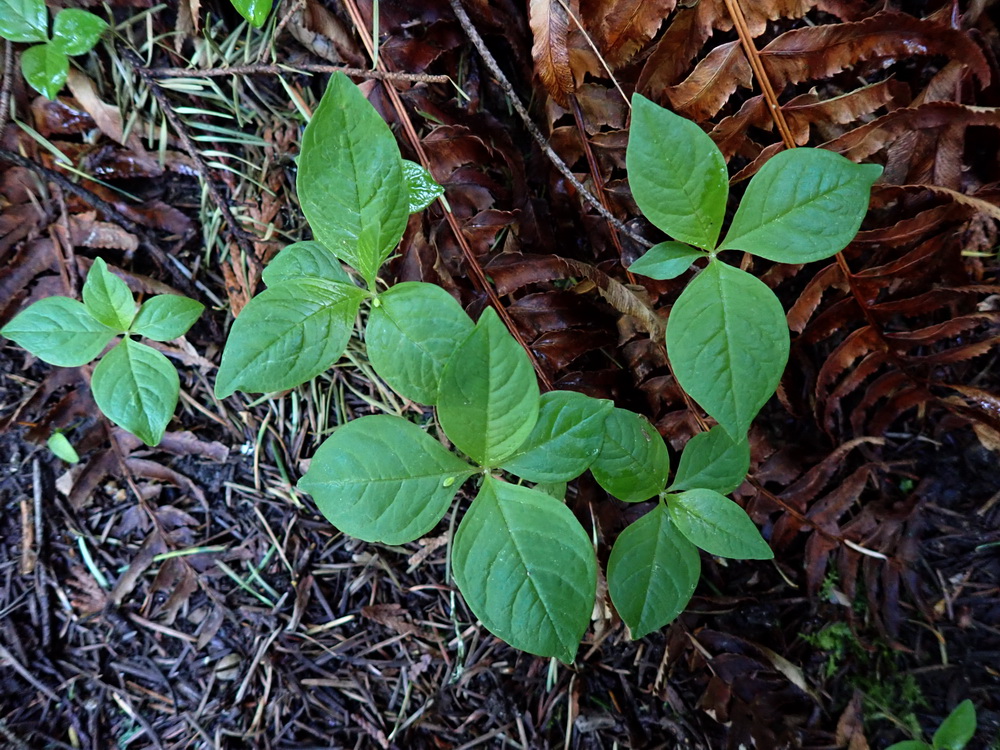
Pacific Bleeding-Heart
The surprisingly robust Pacific bleeding-heart (Dicentra formosa) sends up new growth from rhizomes by which it spreads steadily in cleared areas. Sometimes it appears so soon after the clearing of ivy, that I think it may have already been there — just hidden. In open areas beneath deciduous trees, it sometimes creates uniform fields of green. Masses of autumn leaves that persist through winter would seem to deter them, but the weak stems manage to find a path up to the light that will fuel them for another spin around the seasons.
